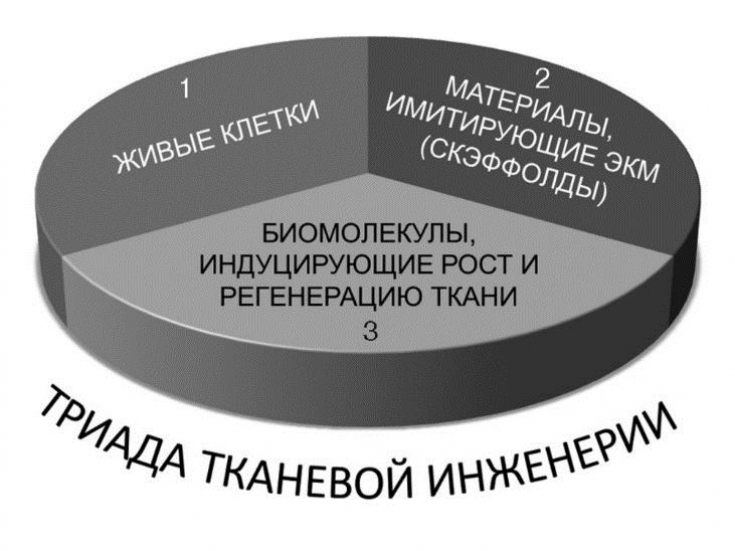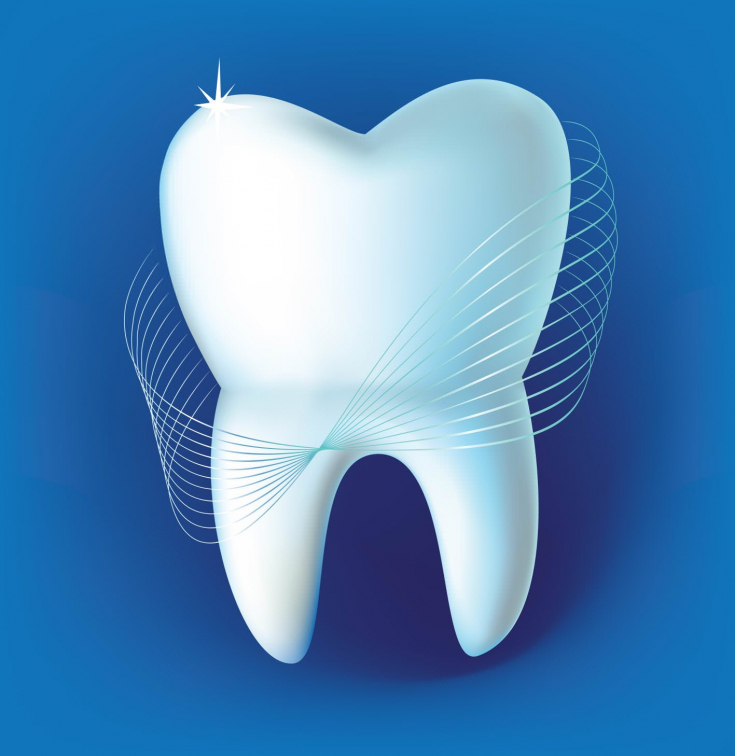Growing new teeth to replace lost ones using stem cells is one of the promising tasks of tissue engineering - a high-tech field that mainly uses the achievements of nanomedicine.
Tissue engineering uses the principles of primary odontogenesis to "grow" teeth that can be used to replace dentition defects in people with this pathology. Odontogenesis is a process that occurs within the development of the embryo through successive and mutual interactions between mesenchymal and epithelial elements.
This article on estet-portal.com describes the latest data on the use of stem cells in dental tissue engineering.
"Growing" teeth and stem cells
Today, the technology has been tested on laboratory animals (rats) and requires further study in order to spread the technique of tissue cultivation and further development of the tooth in order to treat dental pathology in humans. The goal is to replace the embryonic cells that create the teeth in the embryo with cultured cells that can be transplanted into the patient.
Follow us on Instagram!
Recombinant explants are made from stem cells of non-dental origin, replacing the ectomesenchymal cells of the jaw bud. Cells taken from neural stem cells, from the spinal cord and adult stem cells from the bone marrow are used. To restore the dental pulp, stem cells can be taken from the bone marrow, human blood, and it is the root canals that are filled with stem cells.
Recent research has shown that wisdom teeth can be a source of stem cells.
Stem cells in the treatment of bone defects
There is evidence of successful treatment of patients with a jaw bone defect using stem cells isolated from adipose tissue. First, a model of the patient's bone defect is created using 3D technologies. This matrix is then populated with previously obtained stem cells. Next, the resulting artificial tissue is transplanted to the site of the defect. Optimal engraftment and functioning of stem cells occurs when using a matrix with a nanostructured surface.

Tissue engineering using stem cells creates new approaches in regenerative dentistry, allowing you to correct defects in the dentition, removes physiological and aesthetic discomfort. The presence of teeth significantly affects the quality of human life, so it is very important to restore lost teeth with new guaranteed high-quality methods, including dental implantation and stem cells.
There is a real opportunity to do this at an accessible level for everyone, which will greatly improve the quality of dental care for patients with dentition defects.
Stem cells and cartilage repair
A topical issue for maxillofacial surgery is the restoration of cartilage tissue, namely the temporomandibular joint. Cartilage tissue is not able to fully regenerate, there is a tendency to re-damage the cartilage in this place, which, together with a low content of cells and isolation from the vasculature − source of biologically active substances, limits the restoration of cartilage. Mature articular cartilage cannot spontaneously regenerate due to low mitotic activity, which contrasts with the high rate of mitosis of chondrocytes (cartilage-synthesizing cells) during normal cartilage growth.
Gum recession: causes and serious consequences of tooth exposure
According to this, surgical treatment strategies for cartilage repair are aimed at obtaining influence, access to regenerative signaling molecules and cells located in the subcartilaginous bone marrow. These techniques are highly traumatic and require drilling or punching through the articular cartilage into the bone marrow, and cause even more damage to the cartilage tissue without achieving a therapeutic effect.

According to recent research, scientists suggest that the use of stem cells in the field of cartilage tissue regeneration can serve as a breakthrough in the treatment of not only bone defects, but also in the field of maintaining physiological conditions for stimulating the restoration of cartilage tissue in a natural way.
Inflammation of the root of the tooth: what are the causes and how to treat
Therefore, in order to return the patient to a normal life, the main task of the doctor is to eliminate defects in the hard and soft tissues of the head and neck, defects in the dentition using plastic and reconstructive surgery. As a rule, this is a complex, lengthy, multi-stage process, which aims to complete or as close as possible to it the anatomical, functional and aesthetic restoration of the patient's appearance. The work of a doctor has its own specifics and many significant difficulties in the diagnosis and treatment of this category of patients with bone, cartilage defects and dentition disorders.
How caries develops: when teeth are in danger
Evidence of this is that in the maxillofacial region, not only typical pathological processes that are possible in the entire human body, but also those that are characteristic only of this part of the body can occur. They are due to the presence in the oral cavity of teeth, salivary glands, sensory organs and other anatomical formations that closely interact and influence each other.
Further research in the development of the use of stem cells as biocompatible materials for maxillofacial surgery will create conditions for the restoration of natural lost tissues and teeth, which will significantly improve the quality of life of patients.
Irrigator benefits: why you should buy this device tomorrow







Add a comment